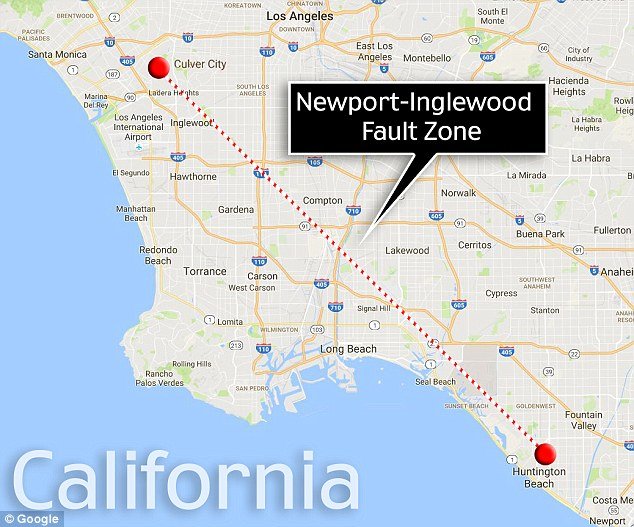
© GoogleResearchers have found that the Newport-Inglewood fault, a major formation that spans the Los Angeles basin, is ‘seismically active down to the upper mantle.’ This is said to be one of the most dangerous faults in the Los Angeles Basin
In Southern California, scientists listening to rumblings deep underground found seismic activity at deeper-than-expected levels, and it may signal new earthquake extremes, according to a new study.
Deeper or smaller
seismic activity can be very difficult to monitor, especially in urban areas, due to the distance between seismicity monitors and the noise caused by traffic and industry. In order to better see these so-called micro signals,
a group of researchers temporarily deployed detectors along the Newport-Inglewood fault (NIF), which stretches nearly 50 miles (80 kilometers), from Culver City to Newport Beach, in Southern California.
"It's very helpful for us to do these kinds of studies where the
seismic risk is high because of the dense concentrations of population," study lead author Asaf Inbal, a geophysics graduate student at the California Institute of Technology, told Live Science. "Most of the damage is inflicted by large earthquakes, but these small earthquakes like the ones we observe at NIF occur much more frequently, and their location can be used to highlight active faults and their depth."
By filtering out the noise,
the researchers found that activity along the NIF was unusually deep and frequent compared to similar
faults in the region. The researchers said these signals could lead to a better understanding of the depths at which earthquakes can occur, and could further illuminate the structure of the fault.
"Many of these micro earthquakes are deeper than expected. They occur below the crust, in the upper mantle, where rocks are usually thought to be too hot to start quakes (mantle rocks are viscous, they deform like very thick honey, without breaking)," co-author Jean Paul Ampuero, a professor of seismology at Caltech, told Live Science in an email. "They are concentrated in what appears to be the deep continuation of the Newport Inglewood fault down into the upper mantle."
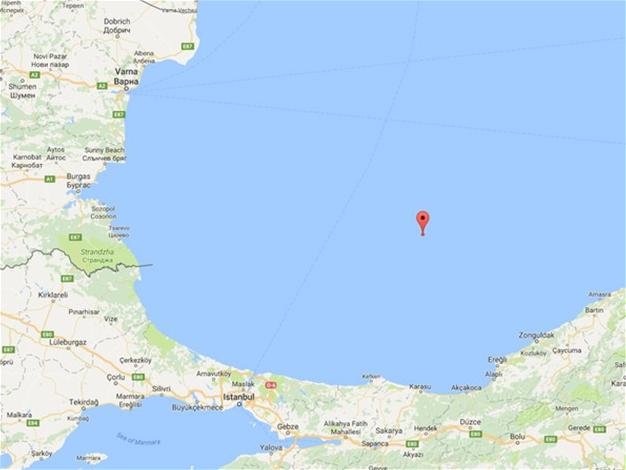
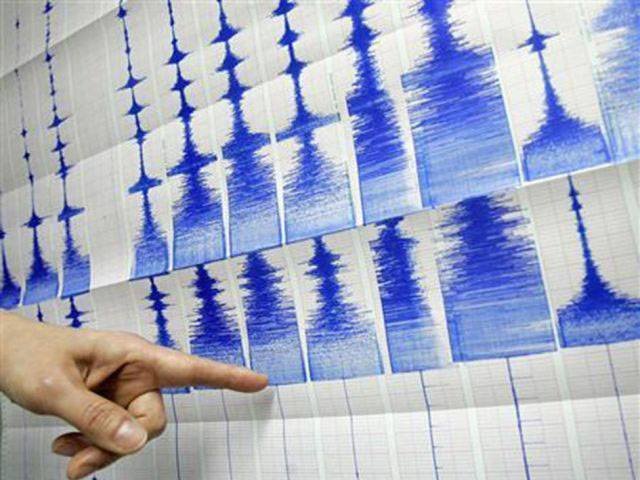

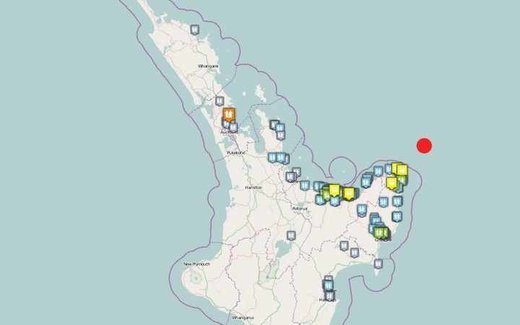
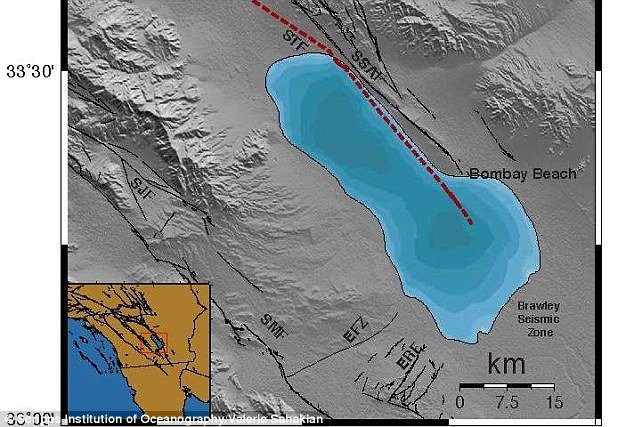
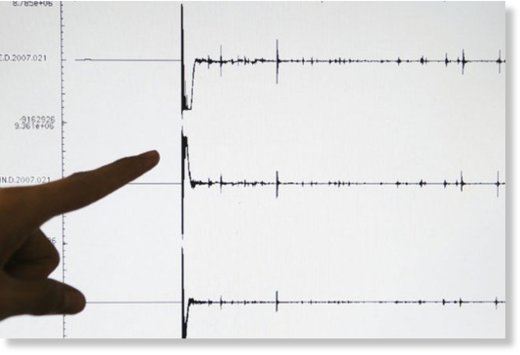



Comment: